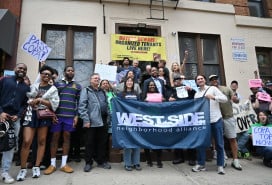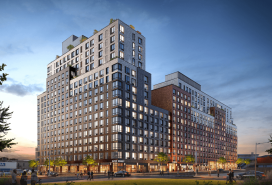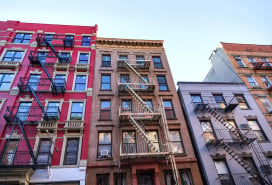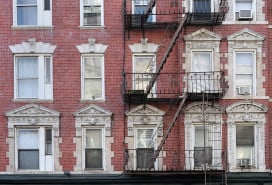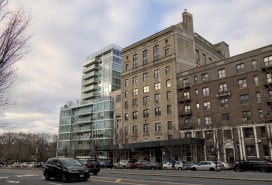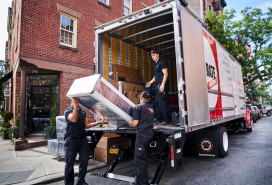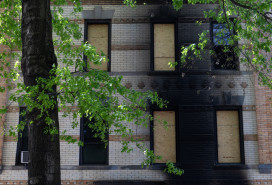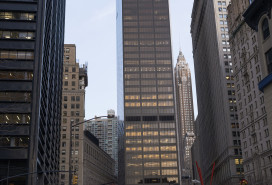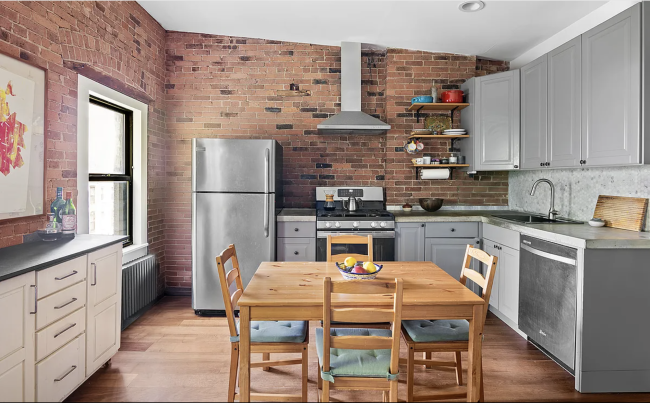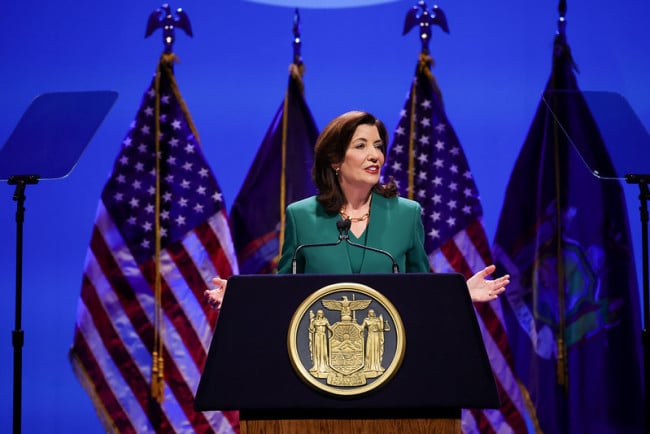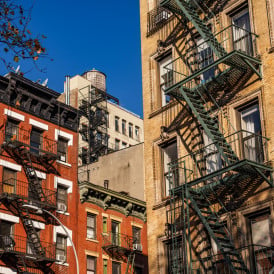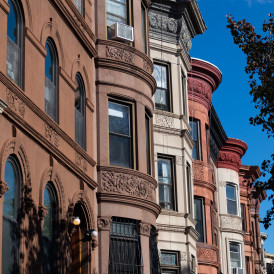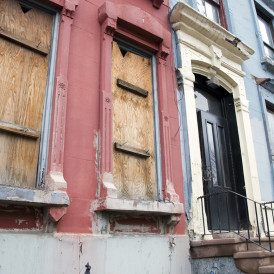What is a community land trust? How does it help low-income buyers?
- A CLT holds land in trust for a community and sells or leases units built on the site
- The goal is to create permanent affordability for eligible low-income buyers
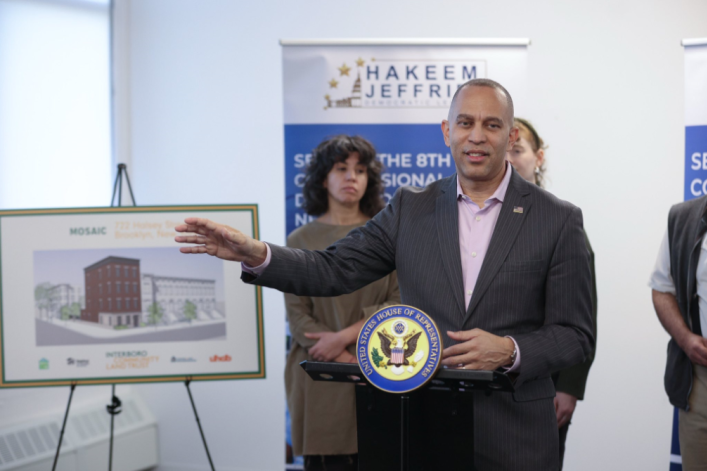
Representative Hakeem Jeffries, House Democratic leader, secured $1,400,000 in federal funding for Interboro CLT.
Interboro Community Land Trust
The key to understanding what a community land trust is right in the name, said John Edward Dallas, director of Interboro Community Land Trust. A CLT holds the land in trust for the community, acting as a steward of the property.
This protects the property from speculative buyers, he explained. “The whole point is to ensure the property remains permanently affordable,” Dallas said.
A CLT sells or leases units built on the land while holding a 99-year ground lease. (If that sounds alarming, you should know this is not the same deal as a for-profit, land-lease building, where an individual landowner or company keeps the revenue stream from the property and has the ability to terminate every proprietary lease when the ground lease expires.)
With a CLT, the land-lease is renewable. “We want to make sure the housing is always affordable to lower-income buyers. It’s a mechanism to ensure affordability, Dallas said.
$1.4 million for Interboro CLT
New funding for Interboro CLT may help raise the profile of what these organizations do.
Representative Hakeem Jeffries, House Democratic leader, announced last week he secured $1,400,000 in federal funding for Interboro CLT. The funding will be used to build and rehabilitate multifamily buildings that will create up to 100 permanently affordable co-op units for households earning 50-80 percent of the area median income, with a portion of units set aside for residents of East New York and Bedford Stuyvesant.
In a statement to the media announcing the funding, Jeffries described the efforts of the Interboro CLT as making “sure that the gentrification steamroller does not continue to roll over the people of New York’s Eighth Congressional District.”
Interboro Community Land Trust is a collaboration between the Center for NYC Neighborhoods, Habitat for Humanity New York City and Westchester County, the Mutual Housing Association of New York, and the Urban Homesteading Assistance Board. It is the first and only citywide community land trust in NYC, according to the organization.
Part of the funding will be used to help 17 households at 25 MacDonough St. become cooperative shareholders and rehabilitate and electrify their building to comply with Local Law 97’s energy emissions cap. Another portion will support Mosaic project, a new development with 42 affordable co-op units that has already broken ground.
One of the interesting aspects of living in a CLT co-op is that shareholders have the opportunity to run for the co-op board and for the CLT, giving them two ways to have a say in how their building is run. The CLT provides ongoing services to the building, such as financial guidance.
Dallas said he hopes elected officials take note of these types of projects and replicate them.
“It is the best bang for the buck,” he said. “We have an entity that is there to protect the land, the public investment, and the owners.”
How can you buy a Community Land Trust co-op?
NYC Housing Connect, the same site that facilitates affordable housing lotteries in new rental developments, also manages a similar process for ownership opportunities.
If you want become an owner: Go to NYC Housing Connect, create a profile, and apply to a lottery (it is a good idea to apply to multiple lotteries to improve your chances at winning). If selected, you will be asked to provide documentation to support your eligibility before you complete your purchase.
Rallying for more tenant-owned properties
There are 19 CLTs operating in NYC, according to the website for the New Economy Project, which works with community groups in NYC.
Earlier this month the non-profit held a rally with nearly 70 tenant and community groups to urge Albany lawmakers to pass the Tenant Opportunity to Purchase Act (S401) in this year’s state budget—along with $250 million annually to support its implementation.
The Tenant Opportunity to Purchase Act (TOPA) would give tenants the first opportunity to buy their buildings when they go up for sale. Under TOPA, tenants could work with housing organizations and community land trusts to convert their buildings to permanently affordable rentals or shared-equity cooperatives.
A statement from the New Economy Project noted that Governor Kathy Hochul’s 2026 executive budget proposal to establish a 75-day pause for private equity bids on single-family houses did not include a measure to stop private equity takeovers of tenant-occupied multifamily housing.
“TOPA will give tenants and community land trusts a powerful tool to take land and housing off the speculative market and expand the supply of deeply affordable, community-controlled housing in Black and brown neighborhoods,” said Chelsea Diaz, Skadden Legal Fellow at New Economy Project.
You Might Also Like


